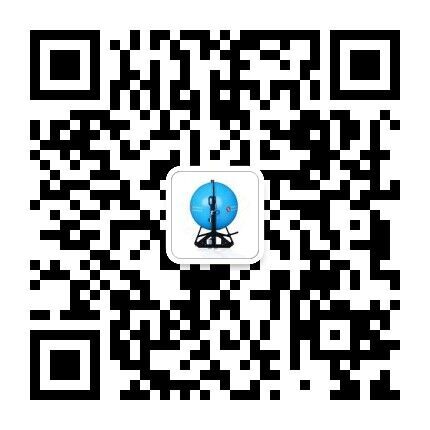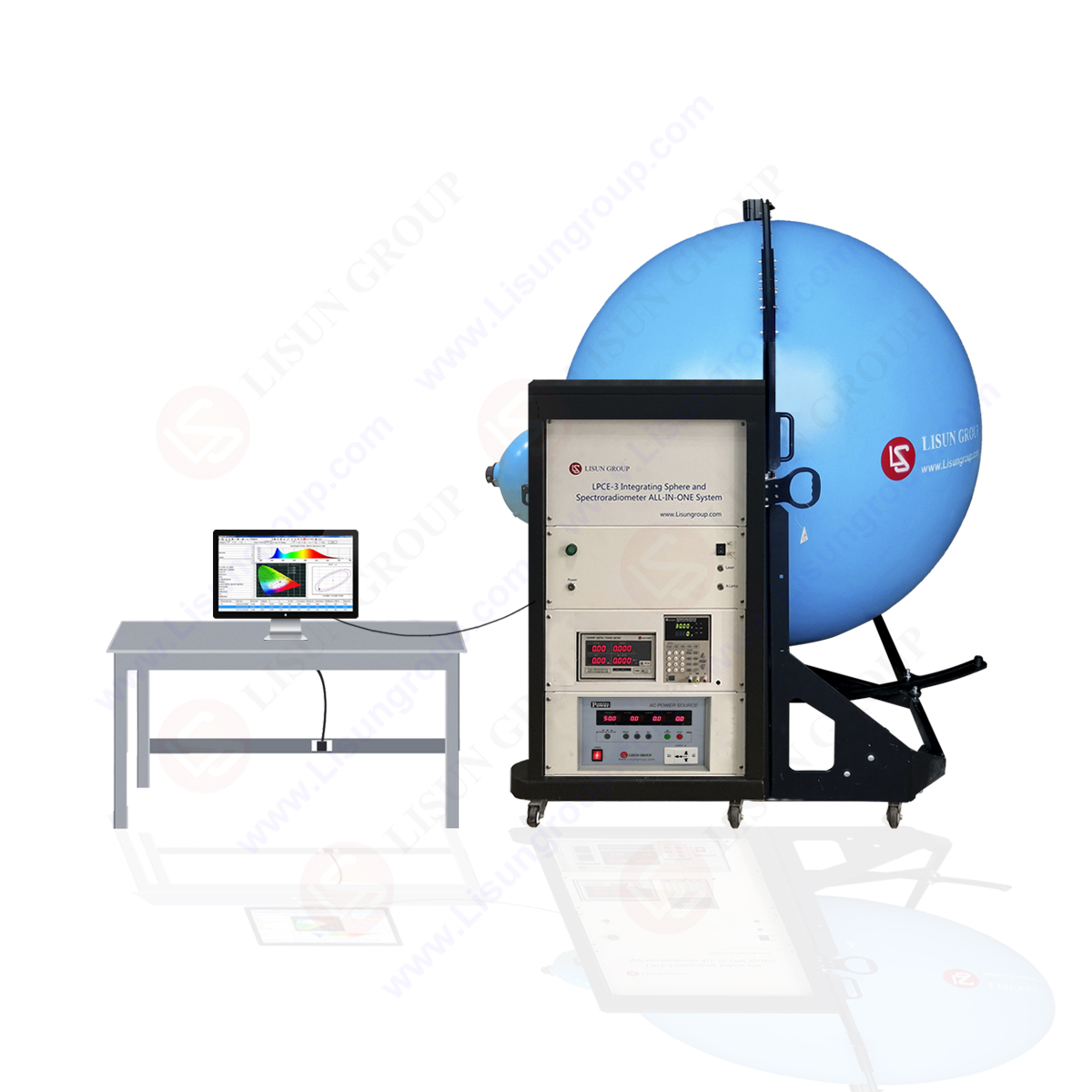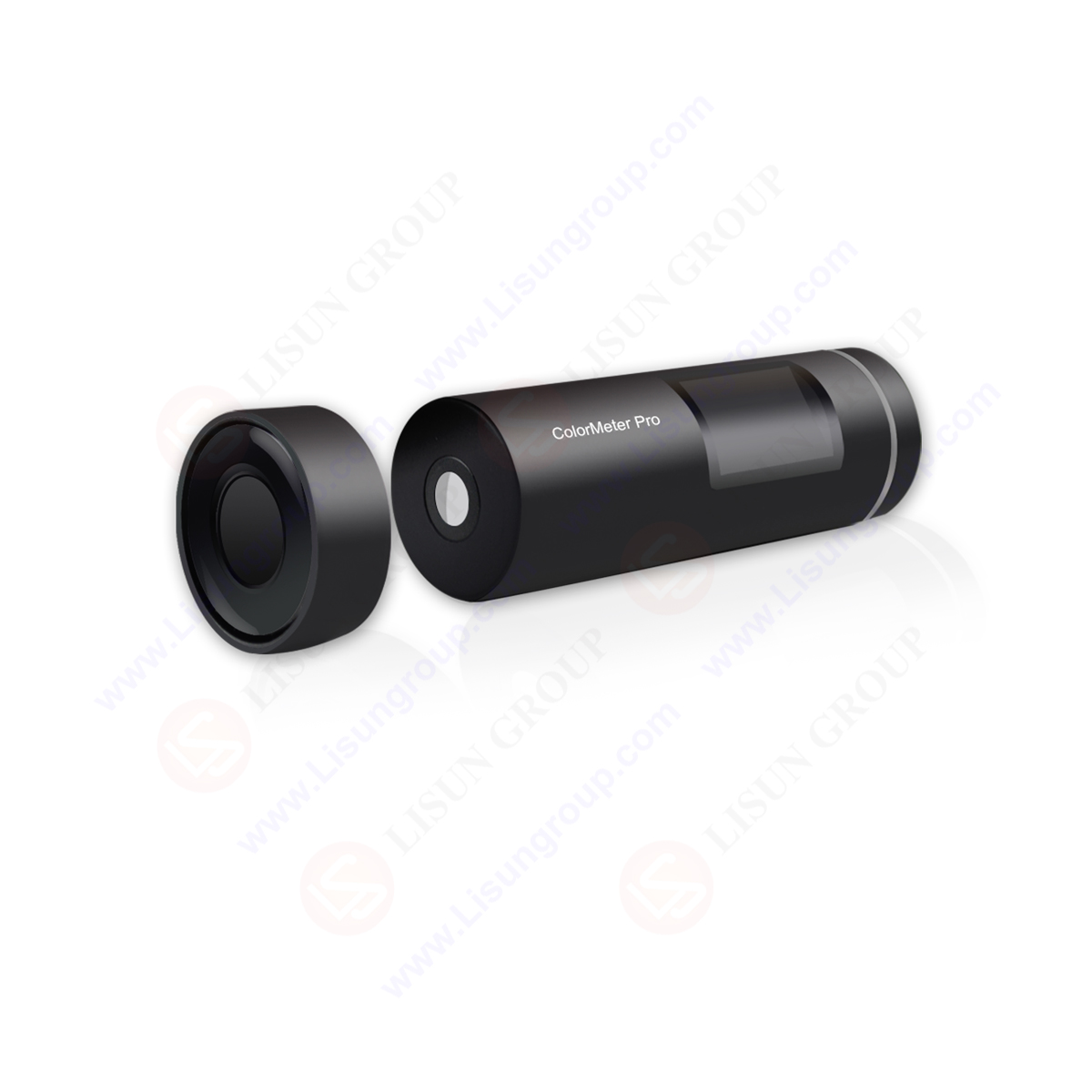Whiteness is the attribute of a color with high reflectivity and low saturation (purity). White is a color group, which is in the narrow range of 470~570 nm of main wave growth. Generally, its brightness y>70 and excitation purity Pe<0.1. Although white is not a single color (monochrome), most observers can still arrange the order according to the differences in spectral reflectance, excitation purity and main wavelength of white samples and whiteness. For a given group of white samples, their order will not only be different due to different observers, but even for the same observer, if different methods are used for evaluation, the results will be different. On the other hand, the evaluation of sample whiteness is also related to the preferences of observers. For example, some prefer white with red light, some prefer white with blue light, and some observers prefer white with green light. Their personal preferences are different. In addition, the evaluation results of whiteness are also closely related to the changes of observation conditions. When observing the same sample under different brightness or light sources with different spectral power distributions, different results will appear. In actual production, there are two common evaluation methods for whiteness. One is colorimetry, which is to compare the test sample with the standard sample with known whiteness. The other method is to use the whiteness measuring instrument to measure. Many whiteness value calculation formulas have been stored in the instrument. During measurement, the instrument selects the corresponding whiteness formula to automatically calculate according to the user’s settings, and directly outputs the whiteness value. The evaluation results of this method are objective because the evaluation conditions are objective.
1、 Calculation formula of whiteness based on ideal whiteness
This kind of calculation formula is essentially to calculate the color difference between the sample white (sample color) and the ideal white.
(1) Hunter whiteness formula
This formula defines the whiteness of the completely reflective diffuser as 100, compares the whiteness of the sample with that of the completely reflective diffuser, and evaluates the whiteness of the sample by calculating the color difference.

whiteness value formula
In the formula, L, a, b are the lightness index and chromaticity index of the sample in the Lab system, k1 is a constant, which is generally taken as 1.
Ap, bP are the whiteness indexes of ideal white in the Lab system,
Normally:
When measuring the sample without fluorescence, ap=0.00, bP=0.00;
When measuring the sample with fluorescence, ap=3.50, bP=-15.87:
(2) CIE1982 whiteness evaluation formula (Ganz whiteness formula)
CIE1982 whiteness evaluation formula is a whiteness evaluation formula recommended by the International Lighting Committee. This formula was proposed by EGanz of Ciba Liangji Company in Switzerland. It has three expressions.
1. The blue with green is the favorite white, and the expression is:
2. The blue with red is the favorite white, and the expression is:
3. The neutral colorless white is preferred, and the formula is:
Where, x0, y0 are the chromaticity coordinates of the ideal white in the 2 degree field of view, and Y, x, y are the brightness index and chromaticity coordinates of the sample; The greater the whiteness of W in the 2 degree field of view, the greater the whiteness of the sample; Tw is the sample tone shift value (tint value, that is, a certain tone value slightly carried by white) in a 2 degree field of view. Tw > 0 indicates that the sample is green, and the larger the value is, the more green it is; Tw < 0 indicates that the sample is red, and the larger the absolute value is, the more red it is.
For fully diffuse reflectors, W=100, Tw=0.
2、 A formula for whiteness determination derived from the measurement of reflectivity of experimental samples
1. Single band whiteness formula
Two whiteness formulas expressed by the reflectance of a spectral region.
(1) Use W to represent the whiteness, and G to represent the reflectance of green light, that is, use the reflectance of green light to represent the whiteness of the sample.
(2) Use R457 to represent the reflectance corresponding to blue light, that is, use the reflectance of blue light to represent the whiteness of the sample.
In the paper industry, the International Organization for Standardization (ISO) uses blue light with a dominant wavelength of 457.0nm ± 0.5nm and a half peak width of 44nm to measure the reflectance of the sample. The reflectance of the short wavelength region and R457 are used to represent the whiteness. This whiteness is called ISO whiteness or blue whiteness.
2. Multi band whiteness formula
There are two kinds of whiteness formulas to express the whiteness of the sample by the reflectance and its coefficient in a specific wavelength range.
(1) Taube formula.
The whiteness is expressed by the difference between the blue light reflectance B and the green light reflectance G multiplied by a coefficient.
W=4B-3G
(2) The whiteness is expressed by the yellowness index, and the formula is:
In the formula, A, G and B correspond to the reflectance of red, green and blue bands respectively, and are the reflectance detected by the red, green and blue detectors corrected with corresponding filters. They can be calculated by the tristimulus value of the sample color:
These two kinds of formulas have their own advantages and disadvantages. The first type is derived from the love white as a completely diffuse reflector, which is difficult to correctly evaluate the samples added with fluorescent whitening agent. The two formulas introduced above are both based on the introduction of empirical coefficients in the formula to calculate the whiteness of the sample with fluorescent whitening agent, so the calculation results are also approximate. As for the second type of formula, if the sample is more blue, the whiteness value will be larger, which is inconsistent with the actual situation. However, it is very suitable for calculating the whiteness of the sample added with fluorescent whitening agent.
LISUN lauched Portable Colorimeter/Chroma Meter is an innovation color measuring tool with powerful configuration to make color measurement easier and more professional; It support Bluetooth to connect with Android and ISO devices, Portable Colorimeter/Chroma Meter will take you into a new world of color management; It can be widely used to measure color value, color difference value and find similar color from color cards for printing industry, paint industry, textile industry, etc.
HSCD-860 Innovative 5-micron-thick nano-integrated optical device innovation is the soul. After nearly 10 years of painstaking research, the instrument uses nano-integrated optical devices as spectroscopic devices, and only 5 microns thick optical devices can achieve nano-level spectroscopic capabilities, once again leading the direction of industry innovation and surpassing the technology of foreign products. The blockade has greatly improved the technical performance of the product.
Lisun Instruments Limited was found by LISUN GROUP in 2003. LISUN quality system has been strictly certified by ISO9001:2015. As a CIE Membership, LISUN products are designed based on CIE, IEC and other international or national standards. All products passed CE certificate and authenticated by the third party lab.
Our main products are Goniophotometer, Integrating Sphere, Spectroradiometer, Surge Generator, ESD Simulator Guns, EMI Receiver, EMC Test Equipment, Electrical Safety Tester, Environmental Chamber, Temperature Chamber, Climate Chamber, Thermal Chamber, Salt Spray Test, Dust Test Chamber, Waterproof Test, RoHS Test (EDXRF), Glow Wire Test and Needle Flame Test.
Please feel free to contact us if you need any support.
Tech Dep: Service@Lisungroup.com, Cell/WhatsApp:+8615317907381
Sales Dep: Sales@Lisungroup.com, Cell/WhatsApp:+8618117273997

 中文简体
中文简体









